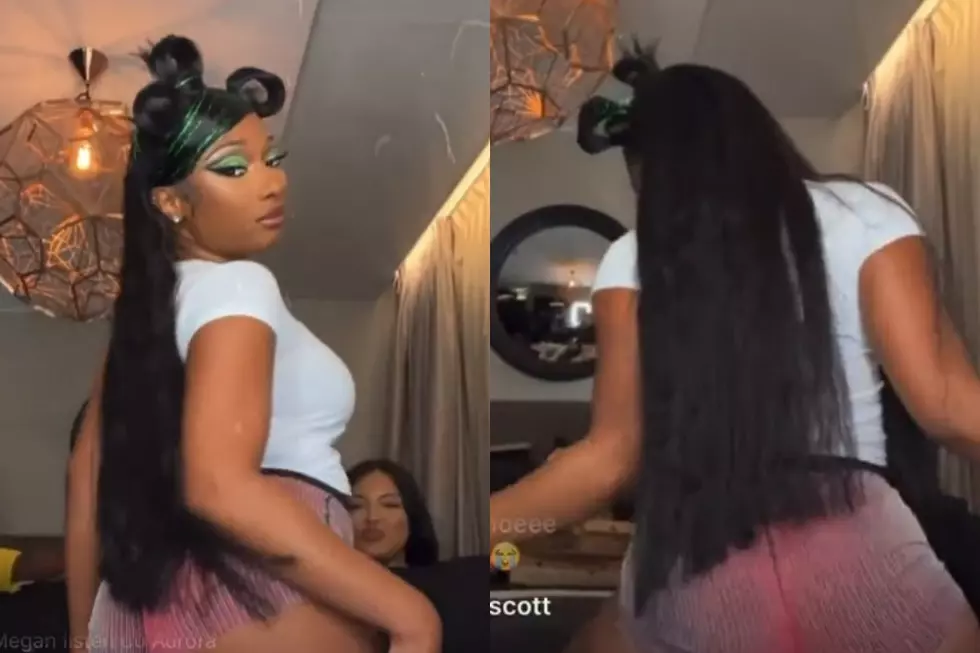Hottest Twerk Videos & Dance Tutorials
Has twerking evolved from a provocative dance move to a mainstream form of expression? The sheer volume of online content suggests a resounding yes. From viral TikTok trends to professionally produced music videos, twerking has undeniably permeated popular culture. But what are the implications of this shift, and how has it impacted the perception of dance, particularly for Black women?
The origins of twerking can be traced back to West African dance traditions, emphasizing rhythmic hip movements and grounded, sensual energy. Over time, this movement vocabulary migrated to the United States, finding its way into hip-hop culture in the 1990s. Initially, twerking was largely confined to specific communities and performance contexts. However, the advent of social media platforms like Vine and, later, TikTok, dramatically amplified its visibility, propelling it into the global spotlight. This digital democratization of dance allowed anyone with a smartphone to participate in and contribute to twerking's evolving narrative.
| Name (Hypothetical for illustrative purposes as the original content doesn't name a specific individual) | Paris Nicole |
| Location | Charlotte, North Carolina |
| Profession | Aspiring Model/Dancer |
| Known For | Energetic and expressive dance style, incorporating elements of twerking |
| Reference | (This would link to a relevant portfolio or social media profile if available. Since this is a hypothetical example, a placeholder is used.) |
This explosion of twerking content online has sparked both celebration and controversy. Some applaud its empowering nature, particularly for Black women who have historically been marginalized and objectified. Twerking, for many, represents a reclamation of bodily autonomy, a celebration of curves, and a defiant rejection of Eurocentric beauty standards. It's a form of self-expression that allows individuals to embrace their sensuality and physicality on their own terms.
However, critics argue that the mainstreaming of twerking has led to its hypersexualization and exploitation. Concerns have been raised about the potential for young girls to be pressured into performing sexually suggestive moves for online validation. The line between empowerment and objectification can be blurry, and the digital landscape, with its algorithms designed to maximize engagement, often prioritizes provocative content. This raises important questions about agency, consent, and the commodification of Black women's bodies.
The online world is saturated with twerking content: "Ebony twerk dance performance," "twerk choreography tutorial," "Black girls twerking on TikTok," "twerk comp of the week," and countless variations thereof. These keywords, lifted directly from the provided content, reflect the sheer volume and diversity of twerking-related material online. From instructional videos to amateur dance-offs to professionally produced music videos, twerking has become a ubiquitous presence in digital spaces.
Beyond the debate surrounding its sexualization, twerking has undeniably influenced the evolution of dance. Its incorporation into mainstream music videos and performances by artists like Beyonc and Rihanna has helped legitimize it as a viable dance form. The athleticism and skill required for intricate twerking routines are increasingly recognized, further challenging preconceived notions about what constitutes "real" dance. The accessibility of online tutorials and platforms like TikTok has also fostered a global community of twerkers, sharing techniques, creating challenges, and pushing the boundaries of the dance form.
The evolution of twerking from its West African roots to its current status as a global phenomenon is a complex and multifaceted story. It's a story about cultural exchange, appropriation, empowerment, exploitation, and the ever-evolving power of digital media. As twerking continues to permeate popular culture, the conversations surrounding its impact on dance, body image, and racial dynamics will undoubtedly persist. Ultimately, understanding this complex dance form requires a nuanced perspective that acknowledges both its celebratory and problematic aspects.
As the digital landscape continues to shift, the story of twerking is far from over. Its evolution will continue to be shaped by the individuals who embrace it, the platforms that amplify it, and the ongoing dialogue surrounding its cultural significance.


